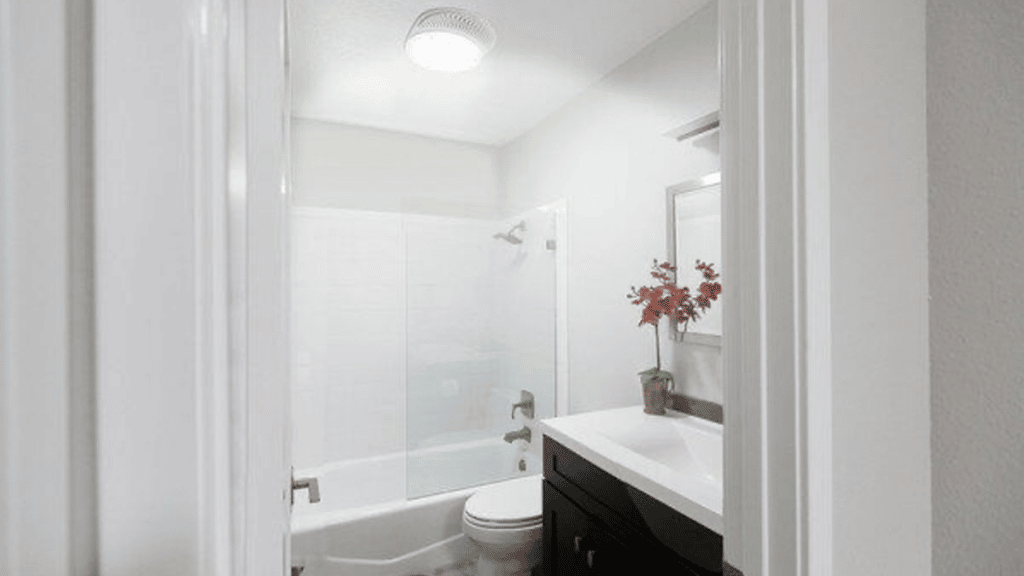Living in a dark house isn’t only depressing but low light conditions can make your home seem small and dingy! Bringing more natural light into your residence improves your mood, creates the illusion of space and saves you on energy costs compared to using artificial light fixtures.
While you can add more artificial lighting to each room, natural light is energy-efficient as well as beneficial to everyone’s health and mood! Installing skylights and keeping the curtains open throughout the day are some ways you can bring in more sunlight. Keep reading for more tips!
5 Tips for Bringing More Natural Lighting into Your Home
1. Skylights
Using skylights to brighten your home is an excellent solution for homeowners looking for more natural light indoors. Skylight designs have come a long way and they fit any home style these days. For example, you can have ceiling fixtures to match your current décor while improving the aesthetics of each room.
Installing tubular skylights takes around two hours and there’s minimal infrastructural change to your home. With the right skylight design, you can capture up to 600% more daylight! Skylights are a cost-effective solution for bringing in more natural light, especially in rooms that are dark with little exposure to daylight.
2. Roof Windows
Roof windows can be installed on both pitched or flat-roof homes. Made with glazed glass, this type of window not only brings in natural light but they can be opened to allow for ventilation in the room. Roof windows can bring in up to three times more daylight than the conventional vertical window.
It’s important to ensure the windows aren’t shaded by overhanging trees. Also pick the right material that’s durable enough for hailstorms. Roof windows not only enhance the lighting in a room but are aesthetically appealing and complementary for most homes’ architecture.
These windows can be installed while building a new home or fitted into your existing house, as long as you use a contractor.
3. Large Windows and Glass Doors
Replacing smaller windows with larger ones and installing glass doors are other ways of bringing in more natural light. This is a more costly approach and requires breaking down walls and removing old windows or doors before installing new ones. Careful thought must go into the design of new windows or doors to match your home style.
Installing retractable glass doors in areas that join an outdoor spot—such as your patio—to an interior room is an excellent way to let daylight flood into your home. These doors are expansive with glazed glass and can be opened fully to create an open and airy ambiance in the home on warmer days.
4. Window Treatment
Opening your curtains first thing in the morning and keeping them open throughout the day is a good way of letting daylight in. However, there are a variety of window treatment options to consider that could improve indoor natural lighting without too much effort:
- Roller blinds: This type of window treatment is easy to install and takes up little space compared to curtains. They can be raised to the top of the window, letting in abundant natural lighting. Roller blinds can be operated manually or by remote control for ease of use.
- Shutters: An attractive addition to any home, this type of window treatment removes the need for curtains or blinds. Shutters are easy to use, energy-efficient and help manage both hot and cold conditions. When you want complete privacy, all you need to do is close them!
- Curtains: Picking curtains with light, airy, semi-translucent material will help bring in some natural light, even when closed. This type of curtaining is appealing to the eye while taking up less space than curtains made with heavier fabrics.
Getting the right window treatment is a cost-effective solution to bringing in more daylight without any infrastructure changes.
5. Daylight Bulbs
Lighting technology has changed the way we use bulbs for indoor purposes. If you’re still struggling to bring in natural light with the above suggestions, consider using daylight bulbs. This type of bulb is blue in colour and emits a natural glow, similar to daylight.
You can get energy-efficient daylight bulbs. While expensive, they do have a longer lifespan compared to other artificial lighting fixtures. Daylight bulbs are often used in homes where occupants battle seasonal affective disorder (SAD) and they’re bright enough to use when doing craftwork such as needlework.
Final Thoughts
If you’re living in a country such as Australia where you want to take advantage of ample daylight, using skylights Melbourne homeowners are installing is a great solution, or you can pick one of the other solutions above. No matter which option you pick, you’ll not only get health benefits of having more natural light, but you’ll save on costly monthly energy bills too!


